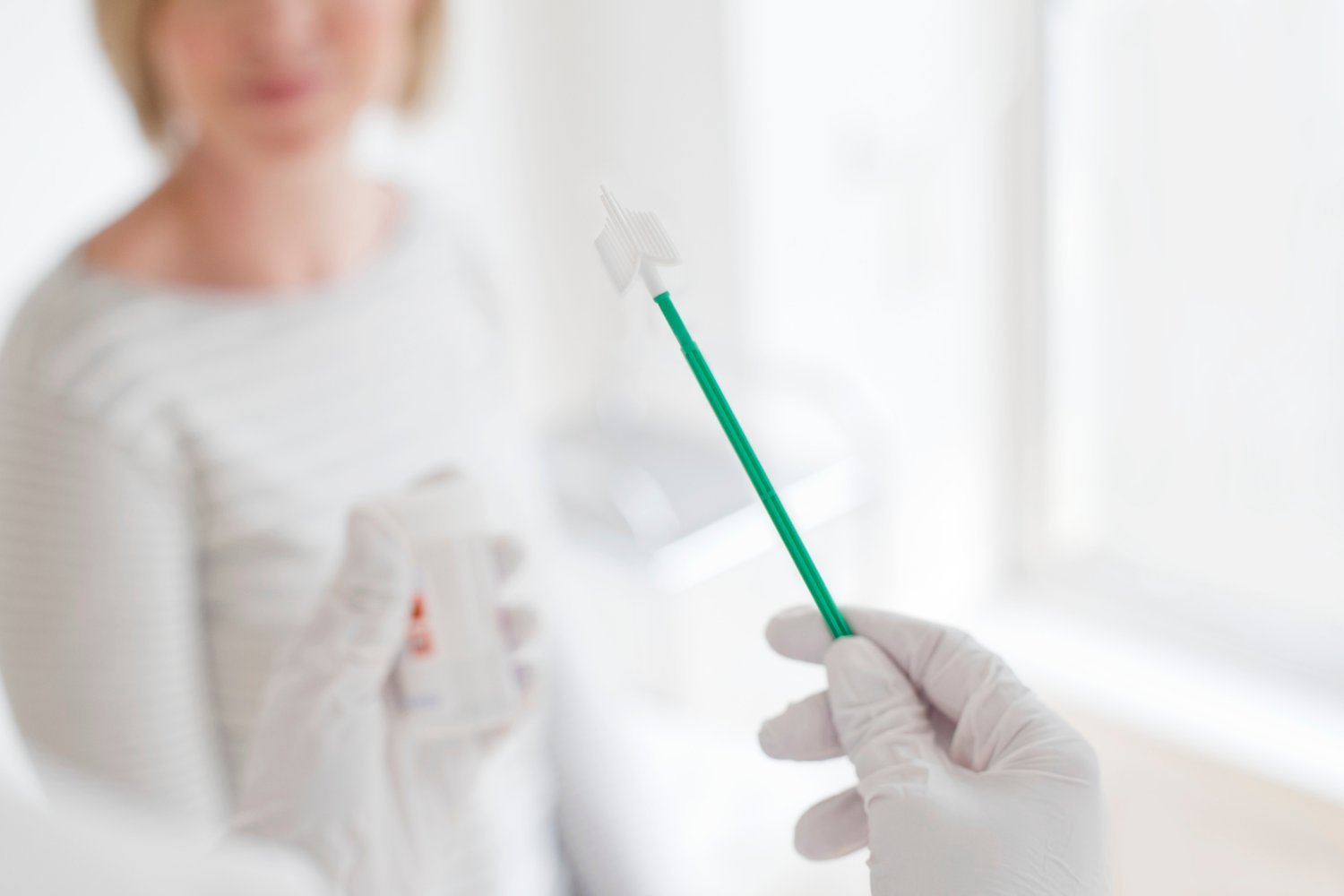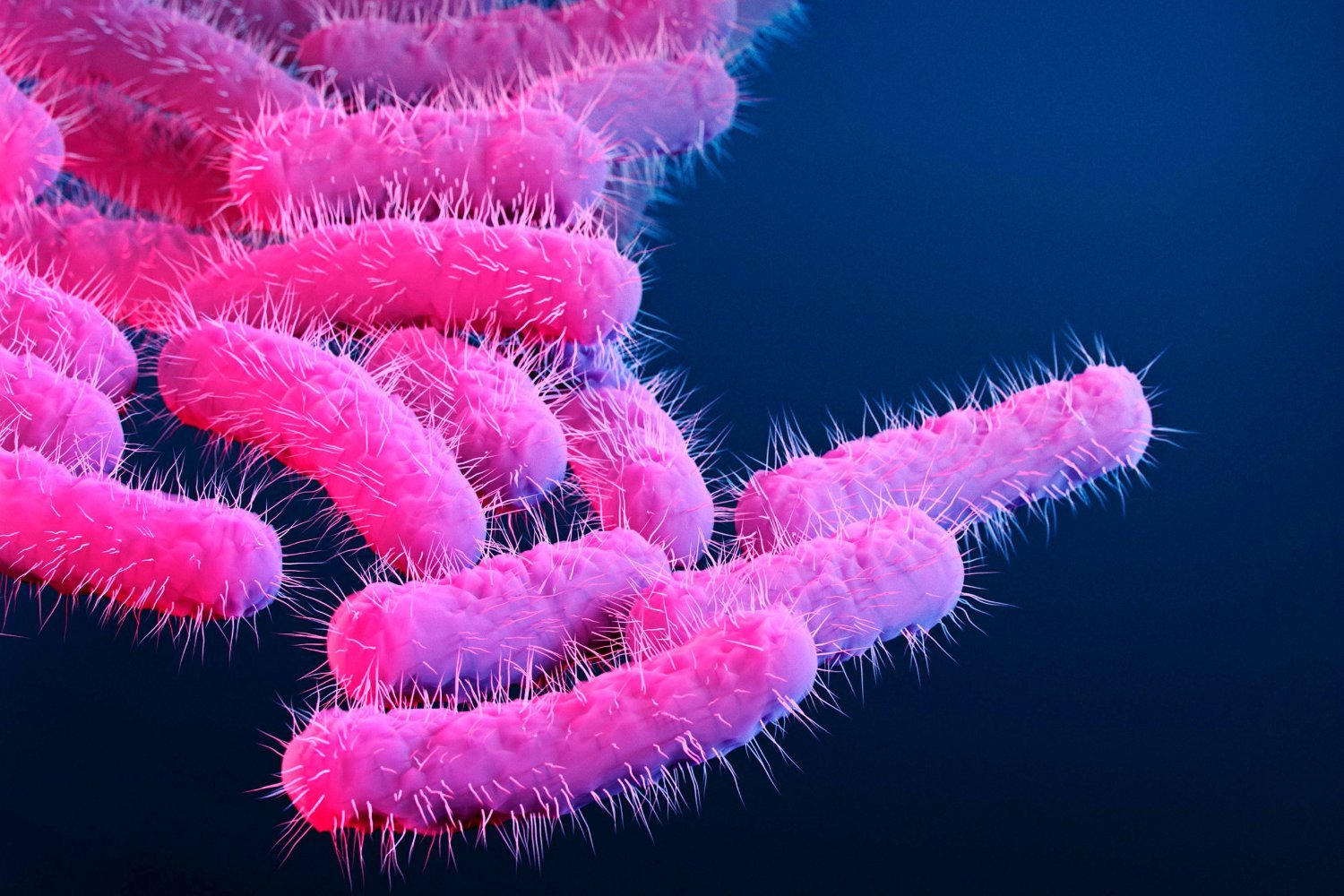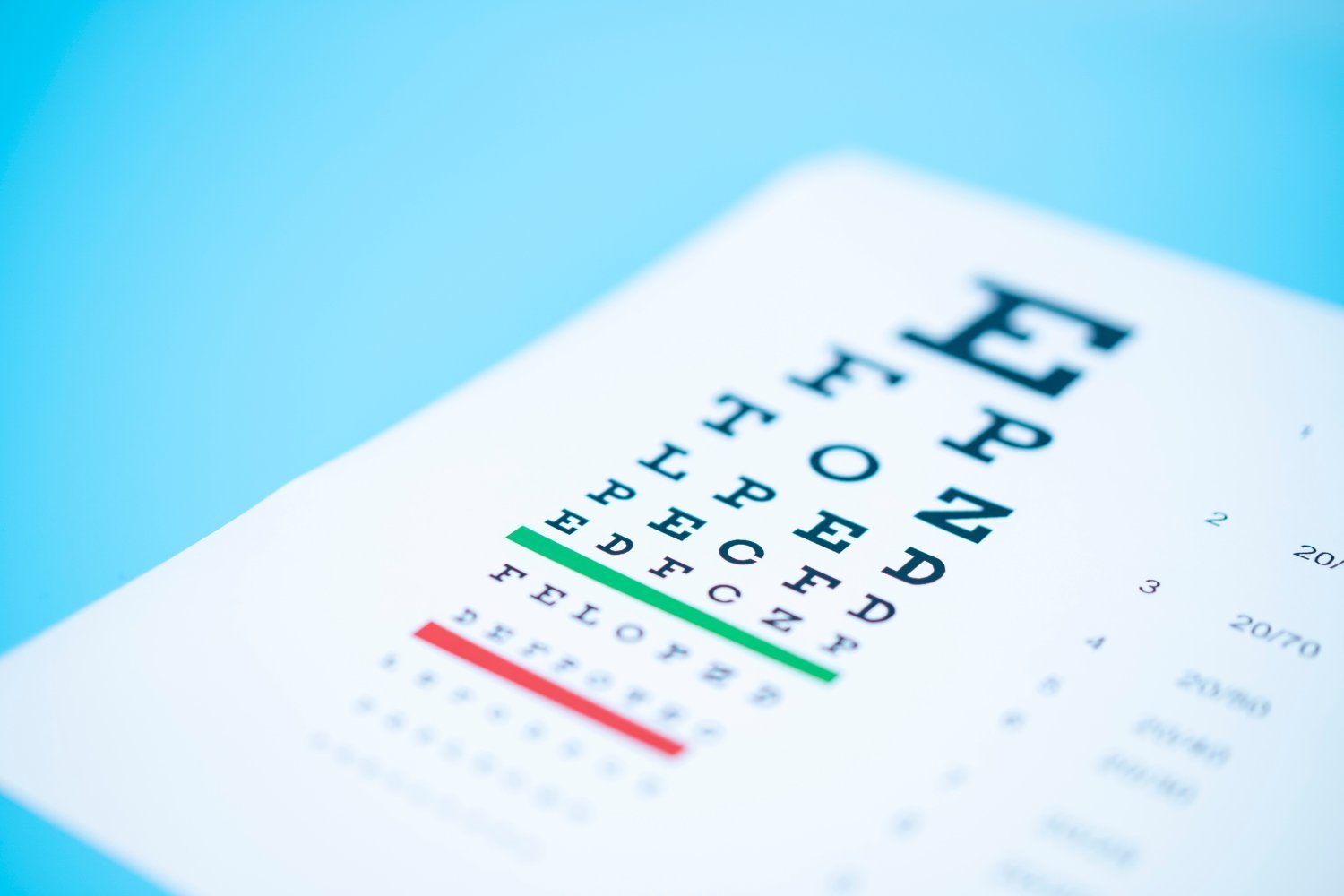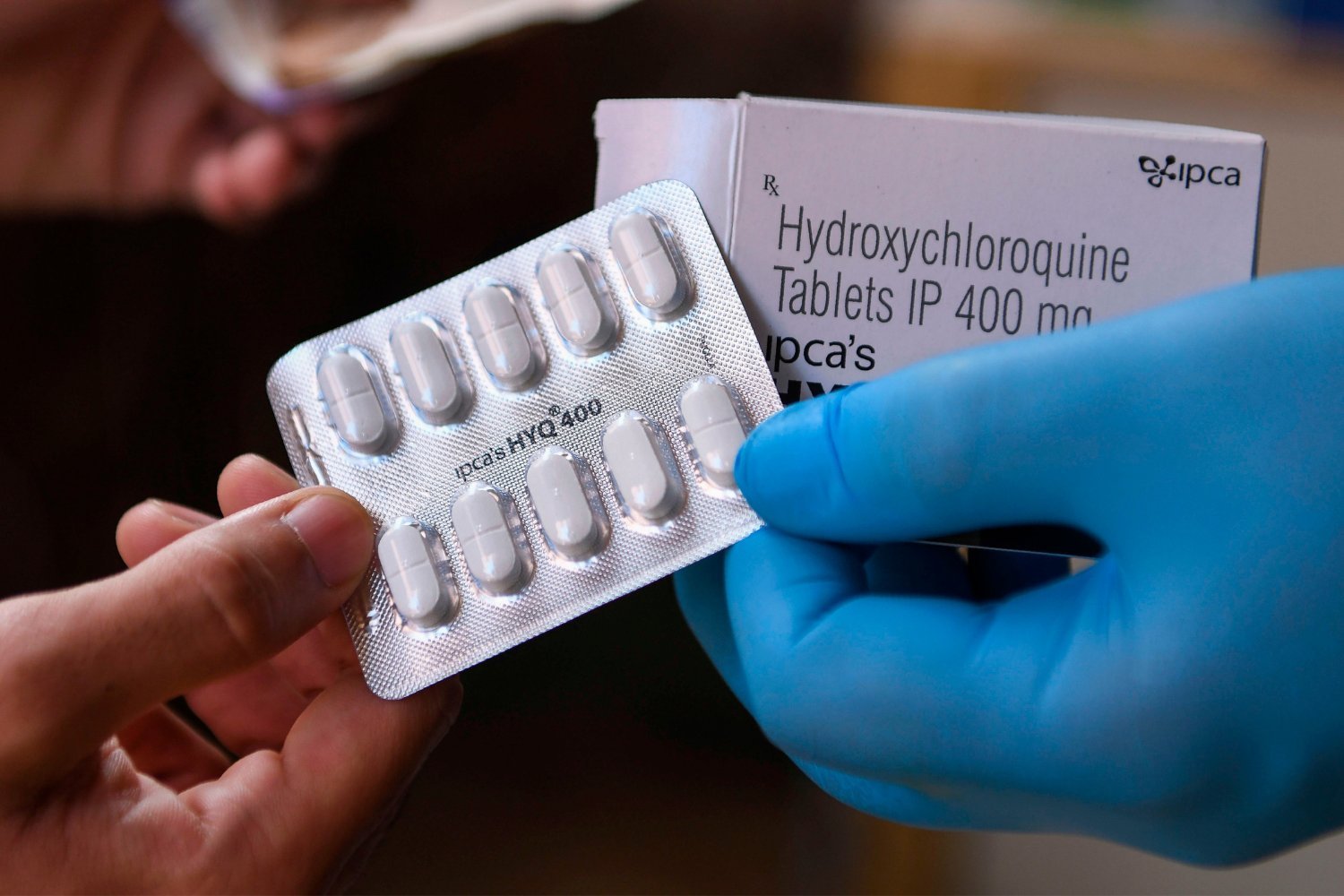Cervical cancer screening is poised for a significant shift towards convenience. A leading panel of experts, the U.S. Preventive Services Task Force (USPSTF), has proposed updated guidelines that could mean fewer Pap smears for women aged 30 and older. These draft recommendations prioritize HPV testing as the primary screening method, potentially simplifying the process and reducing anxiety for many.
The USPSTF, an independent panel of healthcare experts, released its draft guidelines for cervical cancer screening on Tuesday. The most impactful change is the recommendation for women aged 30 to 65 to undergo high-risk HPV testing every five years, replacing the current recommendation of Pap smears every three years. This shift promises to make cervical cancer screening a less burdensome experience for American women. The USPSTF operates under the U.S. Department of Health and Human Services and its guidelines significantly influence healthcare practices and coverage for preventive services with strong evidence of effectiveness.
Currently, the USPSTF recommends Pap smears every three years for women aged 20 to 29. For women between 30 and 65, the current options include a Pap smear every three years, an HPV test every five years, or a combined Pap/HPV test every five years. The new draft guidelines maintain the existing recommendations for women in their 20s but suggest HPV testing every five years as the preferred method for women over 30. These tests analyze vaginal samples for HPV strains linked to an increased risk of cervical cancer. Women over 65 with a history of regular screenings and no high-risk factors are generally not advised to continue screening, nor are women who have undergone a total hysterectomy (cervix removal) without a history of precancerous cervical lesions.
The rationale behind this change is straightforward. High-risk HPV infections are the primary cause of nearly all cervical cancers. The USPSTF’s review of evidence suggests that focusing on HPV testing in women over 30 offers the most effective early detection strategy. Furthermore, the USPSTF recognizes the validity of self-collected HPV tests, two of which received FDA approval this year. This provides an even more convenient screening option for women.
“The latest scientific evidence demonstrates that HPV testing is the optimal approach for cervical cancer screening in women aged 30 to 65,” stated Dr. John Wong, vice chair of the Task Force and a primary care clinician at Tufts Medical Center. While the guidelines still allow for Pap smears or combined testing if standard HPV tests are unavailable, and patient preference remains a factor, the emphasis is clearly on HPV testing.
Although the draft recommendations may be subject to revisions before finalization next year, significant alterations are uncommon. The USPSTF encourages public and expert feedback until mid-January. If adopted, these guidelines are expected to streamline cervical cancer screening, conserving time and resources for many women. Increased screening and HPV vaccination have already significantly reduced cervical cancer rates in the U.S. and globally, but it remains the fourth most common cancer in women worldwide.
https://www.uspreventiveservicestaskforce.org/uspstf/recommendation/cervical-cancer-screening
https://pmc.ncbi.nlm.nih.gov/articles/PMC3521146/
https://www.who.int/news-room/fact-sheets/detail/cervical-cancer











